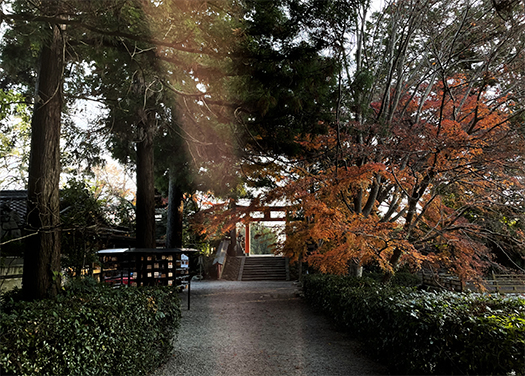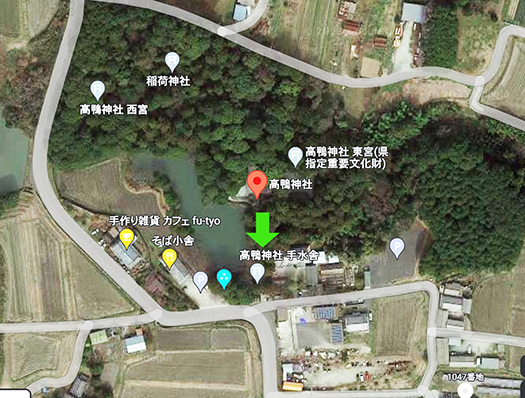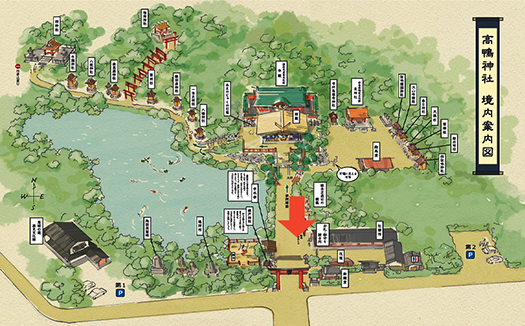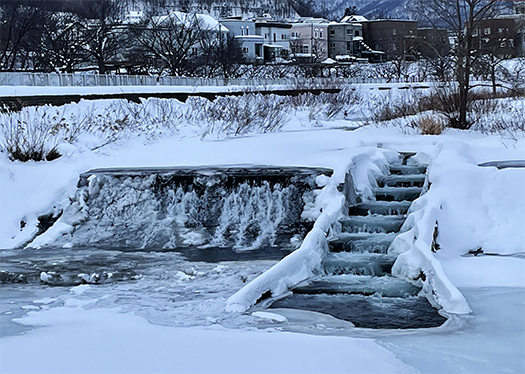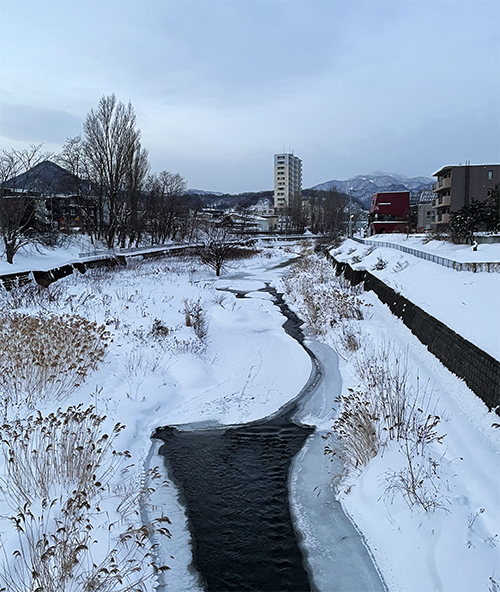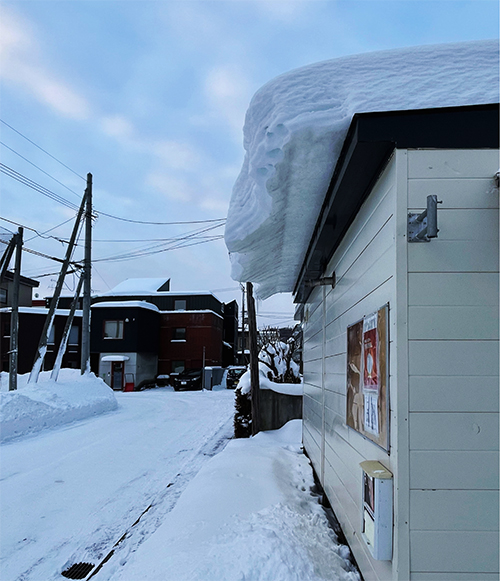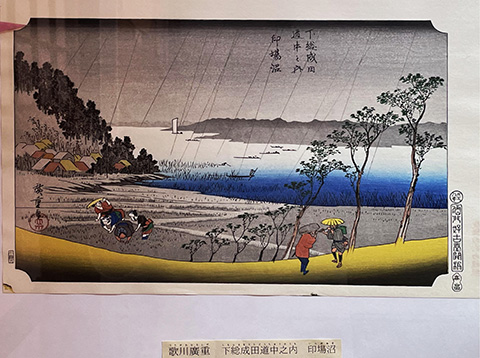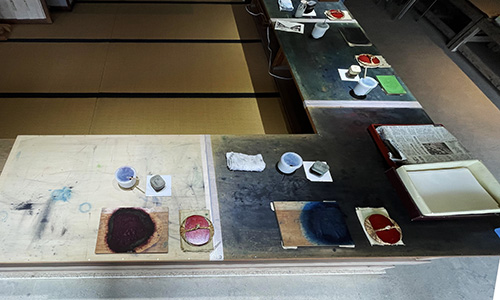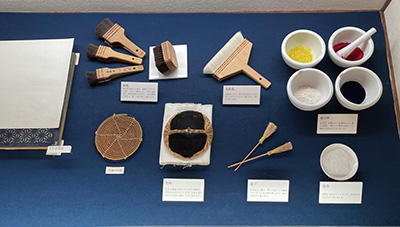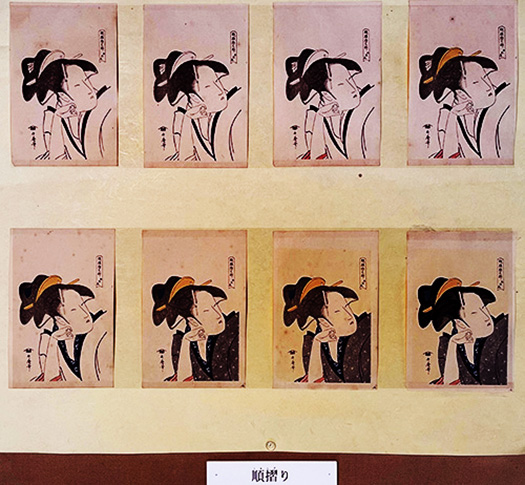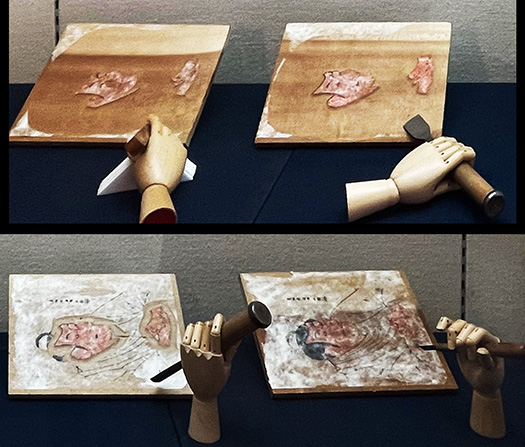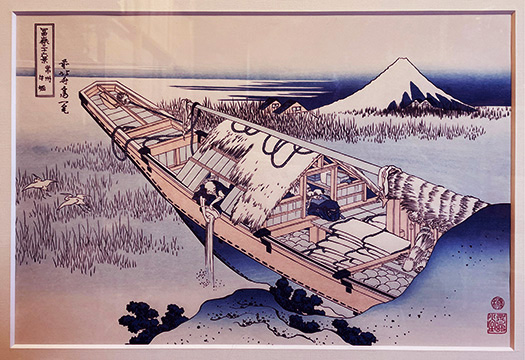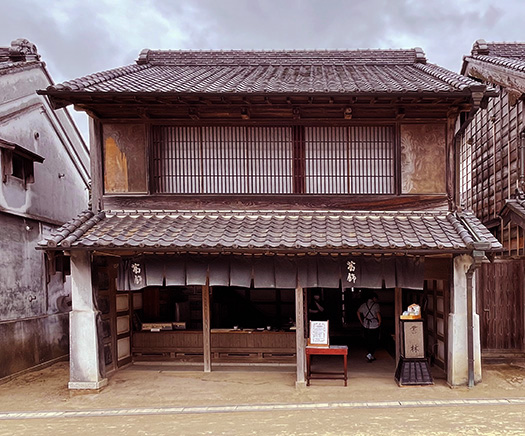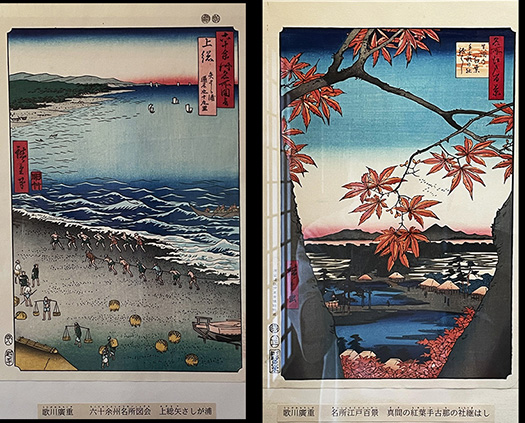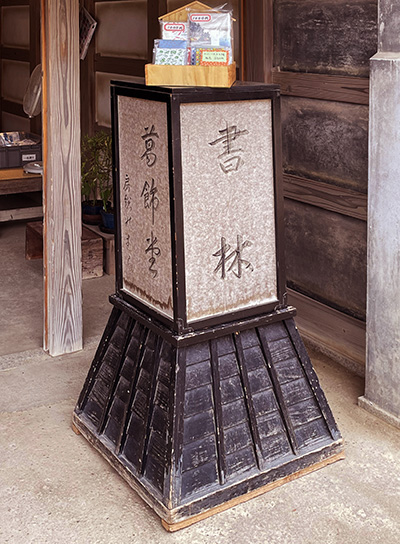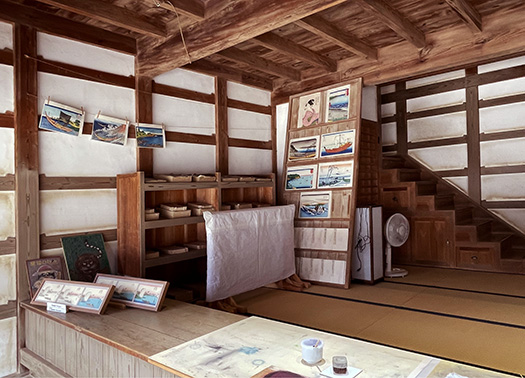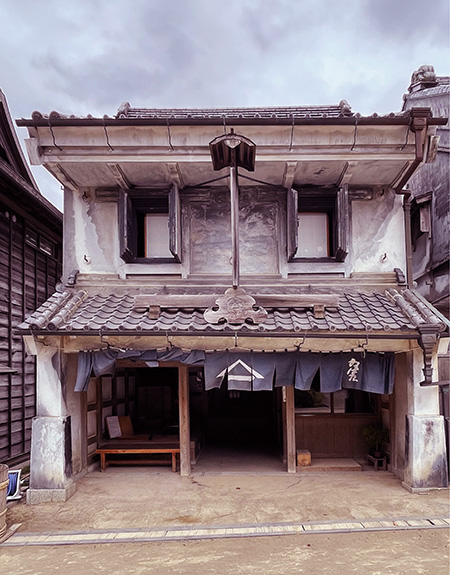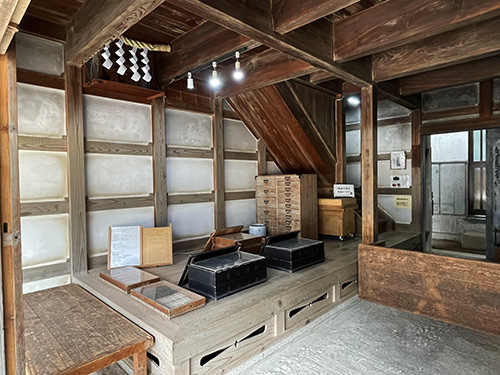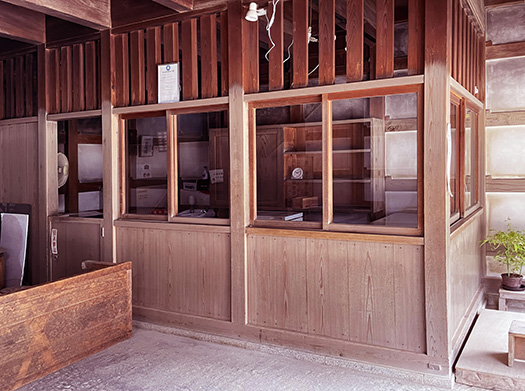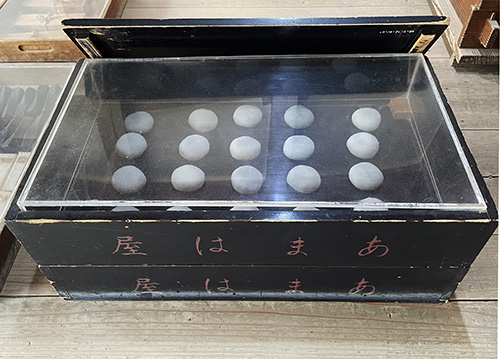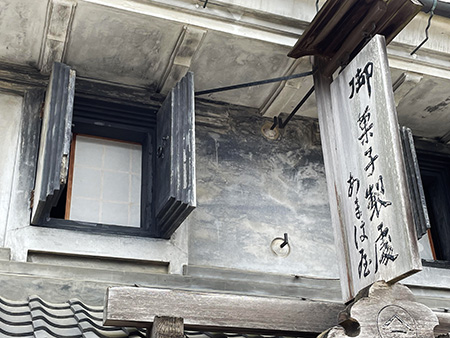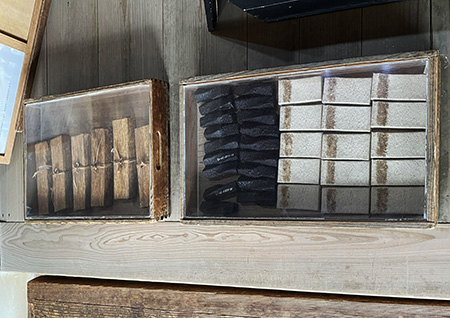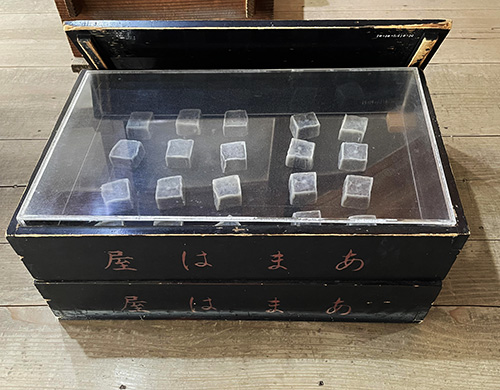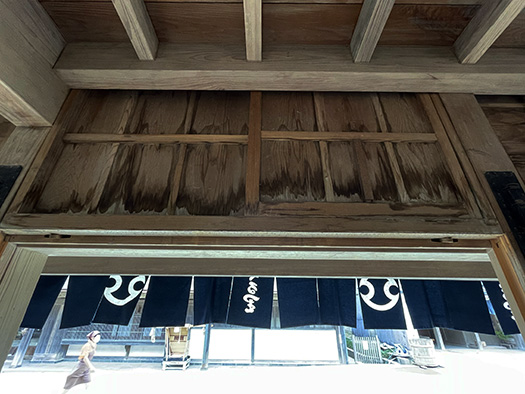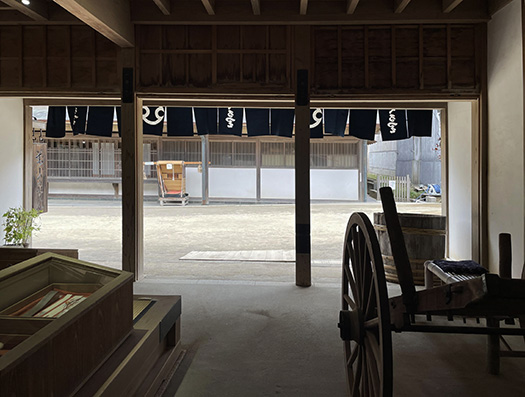
さて感染症からの社会復元がことしの大きなテーマになって来そうですね。さすがに3年というのは社会交流の困難条件期間が長すぎる。リアルでの意見交換の場が極端に少なくなり、それを埋め合わせるべく動画配信やWEBセミナーなどが行われてきたけれど、どうしても偏りのある情報交換。
一般的に誰かが講演的に情報発信し大勢はそれを「拝聴する」スタイル。時折「なにかご意見はありませんか?」と促しても、遠慮が優先し疑問点スルー。ここがけっこう問題で、話を聞いているだけで「同意」しているわけではないのに進行としては同意を前提として先へ進まざるを得ない。参加者と発信者の「不同意関係」が固定化されて、いつしか参加者は疎外感を持ってしまう。
やはり本来の情報交換は、受発信が交互に自由にやり取りするのが自然なスタイル。いわゆる「懇談」がもっとも大切な情報交換機会。「先生、さっきのお話しで◎◎のところってね、ホントはどうなんですか?」「いや、あれはね、・・・」という意見交換が自由になければ、機会として意味がない。
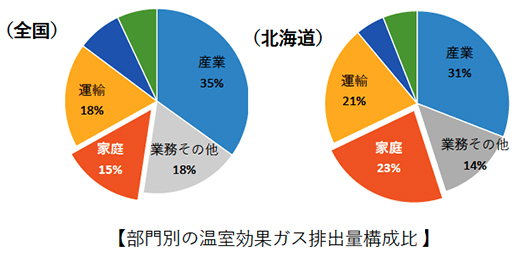
わたし個人としてこの3年で主要な住宅性能要件での関わりは道庁建築指導課の住宅制度諮問会議に委員としての参加。北海道の住宅施策の方向性論議に加わっていた。2050年カーボンニュートラルを宣言し、2030年段階で温室効果ガスの排出量を2013年度比で46%削減するとした「ゼロカーボン北海道」実現のロードマップ策定目標。そのなかでも家庭用エネルギー部分が全国では15%程度なのに寒冷地北海道は23%にもなる地域性からとくに住宅部門での削減が重要。
北海道は寒冷でまた積雪状況が多様で暖房エネルギーや太陽光発電の効率が全国と大きく異なっていて、国の想定する対策、ZEHの普及が困難というのが地域性特徴。当初事務局からは、ZEH住宅の推進という目標が想定されていたが最初の会合からこのポイントが中心論議にならざるを得ず、結果、実行可能な方策を探る方向性が基調に据えられた。「課題の最先端地域・北海道」。

自然エネの最大活用可能ソースである太陽光発電・屋根設置が11/18-3/28の「降雪期」には発電量がほぼゼロという「地域特性」。北海道のみならず環日本海地域で共通する課題。それをクリアするのに「南面壁面設置」は有効だけれど、市街地では条件実現のハードルは高い。建築基準などにこういう条件を入れるのは事実上不可能。・・・この稿、やはり1回のブログ記事では困難。また、明日以降に触れます。
いずれにせよ、地域総体として脱炭素を進めるには制度設計として現場の作り手との協働実現が最重要。仏を作っても魂を入れなければ公益は実現できない。そういう趣旨からさまざまな人の努力があって2月3日に「対話機会」がつくられる。北海道住宅の若手の作り手の声を反映させるオープンな機会。そしてそれをZOOMを通して一般にも公開する運びになった。詳細はいちばん上の図表をご覧ください。参加申込みはこちら。従来のWEB活用の意見交換形式を突破するような活発な論議を期待したいです。むしろこういう機会実現こそが北海道の本当の底力なのかも知れません。
English version⬇
New Housing Standard: Northern Style Housing ZERO-1 & Hokkaido x Construction Agency Talk
Hokkaido, an advanced region for high thermal insulation and airtightness, is also an advanced region for decarbonization. How to face the PV adversity with local manufacturing as a whole?
Well, social restoration from infectious diseases is going to be a major theme this year. Three years is indeed too long a period of difficult conditions for social exchange. There are very few opportunities to exchange opinions in real life, and although video distribution and web seminars have been held to compensate for this, the exchange of information is inevitably biased.
Generally, someone delivers a lecture and many people “listen” to the lecture. Occasionally, I would ask, “Do you have any opinions? but the participants are too reserved and do not ask any questions. This is quite problematic, as the participants are only listening and do not “agree” with what is being said, yet they are forced to proceed on the assumption that they agree with what is being said. The “disagreement” between the participants and the sender is fixed, and before long, the participants feel alienated.
The natural style of information exchange is for the sender and receiver to take turns exchanging information freely. The most important opportunity for information exchange is the so-called “discussion. The most important opportunity for exchange of information is the so-called “discussion. If there is no free exchange of opinions, it is meaningless as an opportunity to exchange information.
My personal involvement in housing performance requirements over the past three years has been as a member of the Hokkaido Government Building Guidance Division’s Housing System Advisory Council, where I participated in discussions on the direction of Hokkaido’s housing policy. I was involved in discussions on the direction of Hokkaido’s housing policy, which aims to declare Hokkaido carbon neutral by 2050 and reduce greenhouse gas emissions by 46% from the fiscal 2013 level by 2030. The reduction in the residential sector is particularly important because Hokkaido, a cold region, has a 23% residential energy consumption rate, compared to only 15% for the rest of Japan.
Hokkaido’s cold climate and varied snowfall conditions make the efficiency of heating energy and photovoltaic power generation very different from that of the rest of Japan, making it difficult to implement the measures envisioned by the government and spread ZEH in the region. Initially, the secretariat envisioned a goal of promoting ZEH homes. From the first meeting, this point had to be the main topic of discussion, and the direction to explore feasible measures was set as the keynote. Hokkaido, a region at the forefront of issues.
The “characteristics of the region” are such that solar power generation and roof installation, the largest possible source of natural energy, must generate almost no electricity during the “snowfall season” from 11/18 to 3/28. Although “installation on the south wall” is effective in clearing this condition, the hurdle to realize this condition is high in an urban area. It is virtually impossible to include such a condition in building standards. This article is still difficult to write in one blog entry. I will mention it again tomorrow or later.
In any case, in order to promote decarbonization in the region as a whole, it is of utmost importance to collaborate with the local builders in designing the system. Even if a Buddha is created, the public interest cannot be realized unless the soul is put into it. It is for this reason that the “Dialogue Opportunity” will be held on February 3, thanks to the efforts of a variety of people. This is an open opportunity to reflect the voices of young makers of Hokkaido housing. And it will be open to the public through ZOOM. For more details, please see the chart at the top.
I look forward to lively discussions that will break through the conventional format of exchanging opinions through the web. In fact, the realization of such opportunities may be Hokkaido’s real underlying strength.
Posted on 1月 23rd, 2023 by 三木 奎吾
Filed under: 住宅マーケティング, 住宅性能・設備 | No Comments »


